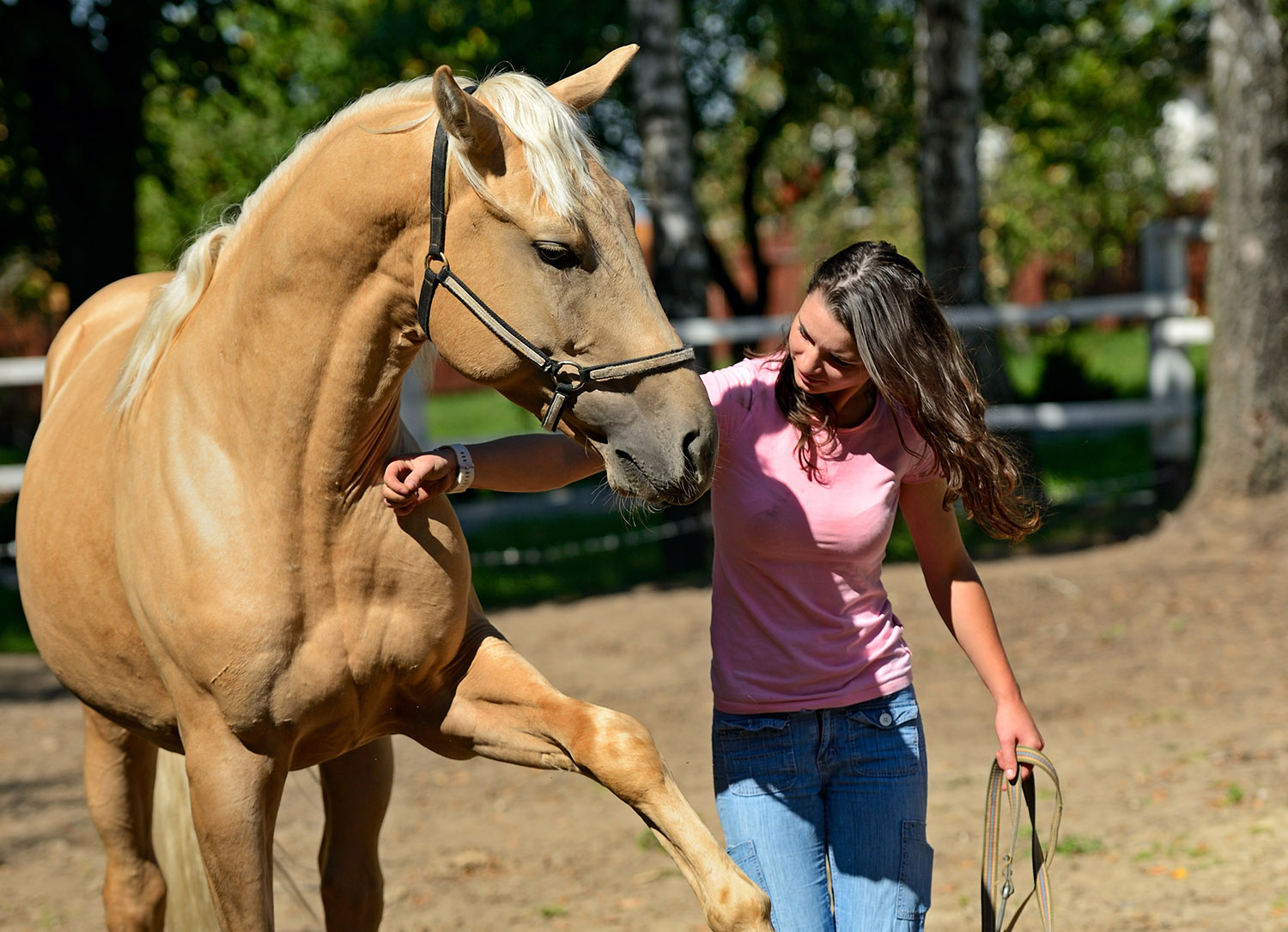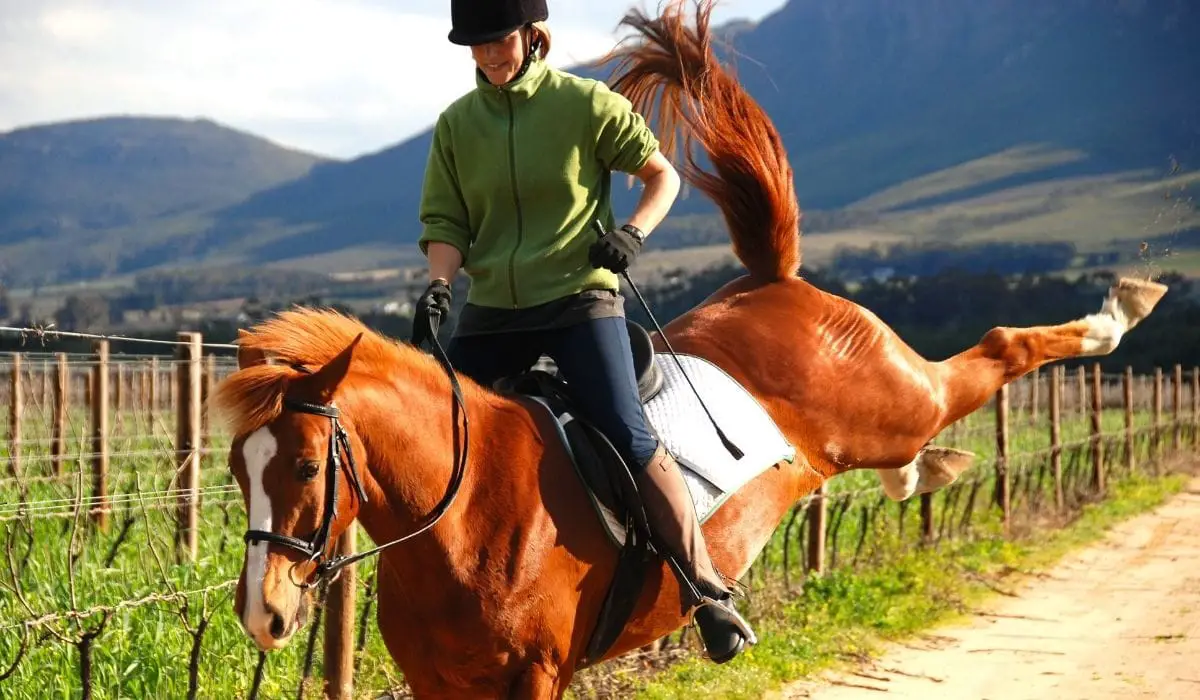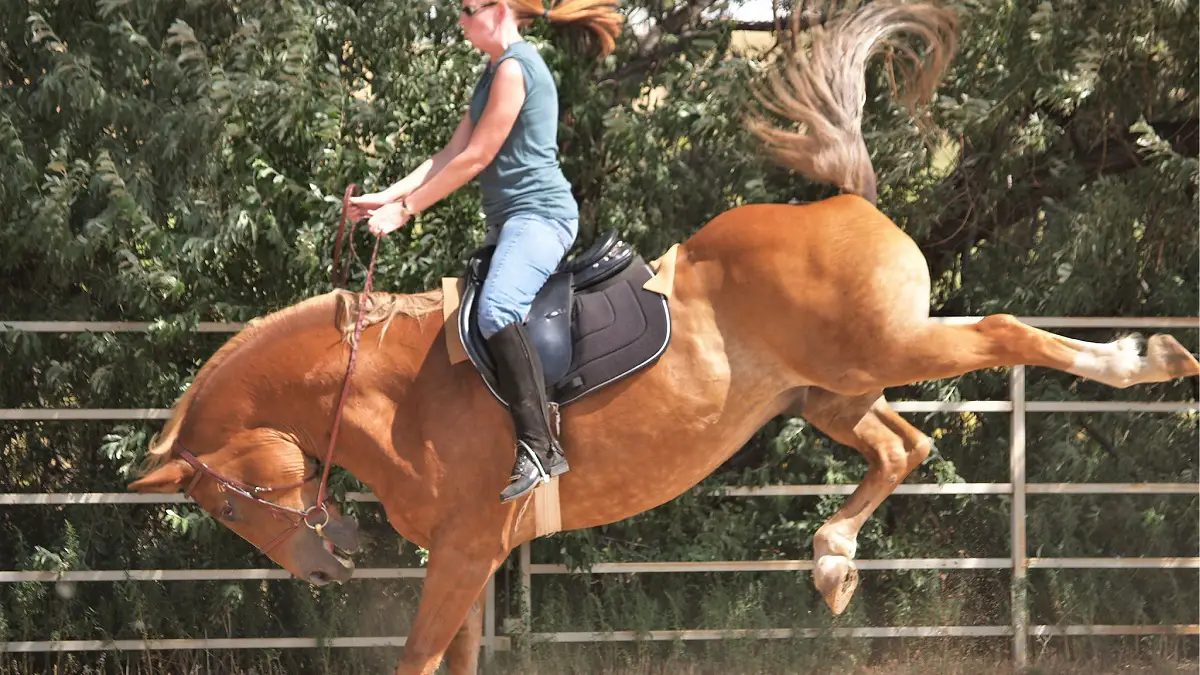Grasping the fundamentals of understanding horse behavior is pivotal for equestrians and equine enthusiasts. Horses are not just large and majestic creatures; they are sentient beings with their own methods of interaction and expression. Recognizing their behavior is essential to ensure mutual respect and safety in handling.
Horse Communication
Horse communication is a subtle yet complex language that revolves around bodily movements and vocal sounds. Horses use their ears, eyes, and nostrils to convey a range of emotions and intentions, from contentment to distress. Understanding these cues is a critical skill for anyone involved in equine care.
Equine Body Language
Equine body language provides additional insights into a horse’s mind. Tail swishing, hoof stamping, and head tossing are just a few examples of how horses communicate non-verbally. Learning to interpret these signs correctly is a cornerstone of good horsemanship.
Horse Bucking Reasons

Identifying horse bucking reasons is essential to address and prevent potentially dangerous situations. While bucking can be a normal part of a horse’s repertoire, it often indicates an underlying issue that needs attention.
Physical Causes of Bucking
Physical discomfort is a common trigger for bucking. Let’s delve into some of the primary physical causes.
Discomfort from Poorly Fitting Tack
- Saddles that pinch or rub can provoke bucking.
- Bridles that are too tight may cause head tossing and bucking.
- Incorrectly fitted bits can lead to mouth pain and subsequent bucking.
Pain from Medical Conditions
- Back pain or injuries can result in a horse bucking to express discomfort.
- Dental issues may manifest as bucking due to the pain caused by the bit.
- Musculoskeletal problems can also cause a horse to buck in an effort to alleviate discomfort.
Psychological Causes of Bucking
Aside from physical pain, psychological factors can lead to bucking behavior in horses. Let’s explore these aspects.
Fear-Related Bucking
When horses encounter frightening stimuli, their instinct may lead them to buck in an attempt to flee from the perceived threat.
Behavioral Issues in Horses
Behavioral issues in horses, such as a lack of proper training or past traumas, can contribute to bucking. It is crucial for handlers to recognize and address these behavioral challenges.
Why Horses Buck

Delving into why horses buck can unlock valuable insights for riders and handlers, allowing them to foster a better relationship with their equine partners.
Expressing Discomfort or Pain
Horses often resort to bucking when trying to communicate that they are in pain or experiencing discomfort, making it a critical sign for caregivers to heed.
Excess Energy or Feeling Great
On the flip side, a horse may buck out of sheer exuberance or to release pent-up energy, often seen in well-cared-for horses during turnout.
Resistance to Training or Handling
Bucking can also be a form of resistance to training or handling, indicating that a horse is either confused, unwilling, or not ready for the task at hand.
Preventing Bucking in Horses

Preventing bucking in horses is a proactive measure that enhances both the safety and enjoyment of equine activities. It involves a multifaceted approach that addresses the needs of the horse.
Importance of Proper Tack Fit
Ensuring that all tack fits correctly is a significant step in preventing bucking, as it helps avoid the pain and discomfort that can lead to this behavior.
Regular Health Check-Ups
Health check-ups on a regular basis are crucial in identifying and treating any medical issues that could cause a horse to buck.
Consistent and Fair Training Methods
Employing consistent and fair training methods creates clear communication between horse and rider, reducing the likelihood of bucking due to confusion or frustration.
Managing Bucking Horses

Managing bucking horses requires patience, understanding, and a strategic approach. It’s about addressing the root cause rather than just the symptom.
Identifying the Underlying Causes
Key to managing the behavior is identifying the underlying causes, which may involve a thorough assessment of the horse’s environment, health, and training history.
Reconditioning and Retraining Strategies
Developing reconditioning and retraining strategies tailored to the individual horse can help mitigate bucking behavior and promote a more cooperative partnership.
Horse Training Tips

Effective horse training tips can make a significant difference in how horses learn and respond to their handlers, creating a harmonious environment for both.
Positive Reinforcement Techniques
Positive reinforcement techniques, such as rewards for good behavior, can encourage horses to respond more eagerly and maintain focus during training sessions.
Building Trust and Understanding
Building trust and understanding between horse and human is the bedrock of any successful training program, fostering a connection that supports learning and cooperation.
Horse Riding Safety
Horse riding safety should never be an afterthought; it is an integral part of the equestrian experience, ensuring the well-being of both horse and rider.
Pre-Ride Safety Checks
Conducting pre-ride safety checks can prevent accidents and enhance the overall riding experience. This includes checking tack for wear and ensuring it is secured properly.
How to Respond to Bucking
Knowing how to respond to bucking is crucial for rider safety. Staying calm, maintaining a secure seat, and gently but firmly redirecting the horse’s energy can help manage the situation.
Conclusion
Understanding horse behavior, including horse bucking reasons, is vital for anyone involved with these magnificent animals. By adopting preventive measures, employing effective horse training tips, and prioritizing horse riding safety, equine enthusiasts can enjoy a fulfilling and secure relationship with their horses.



